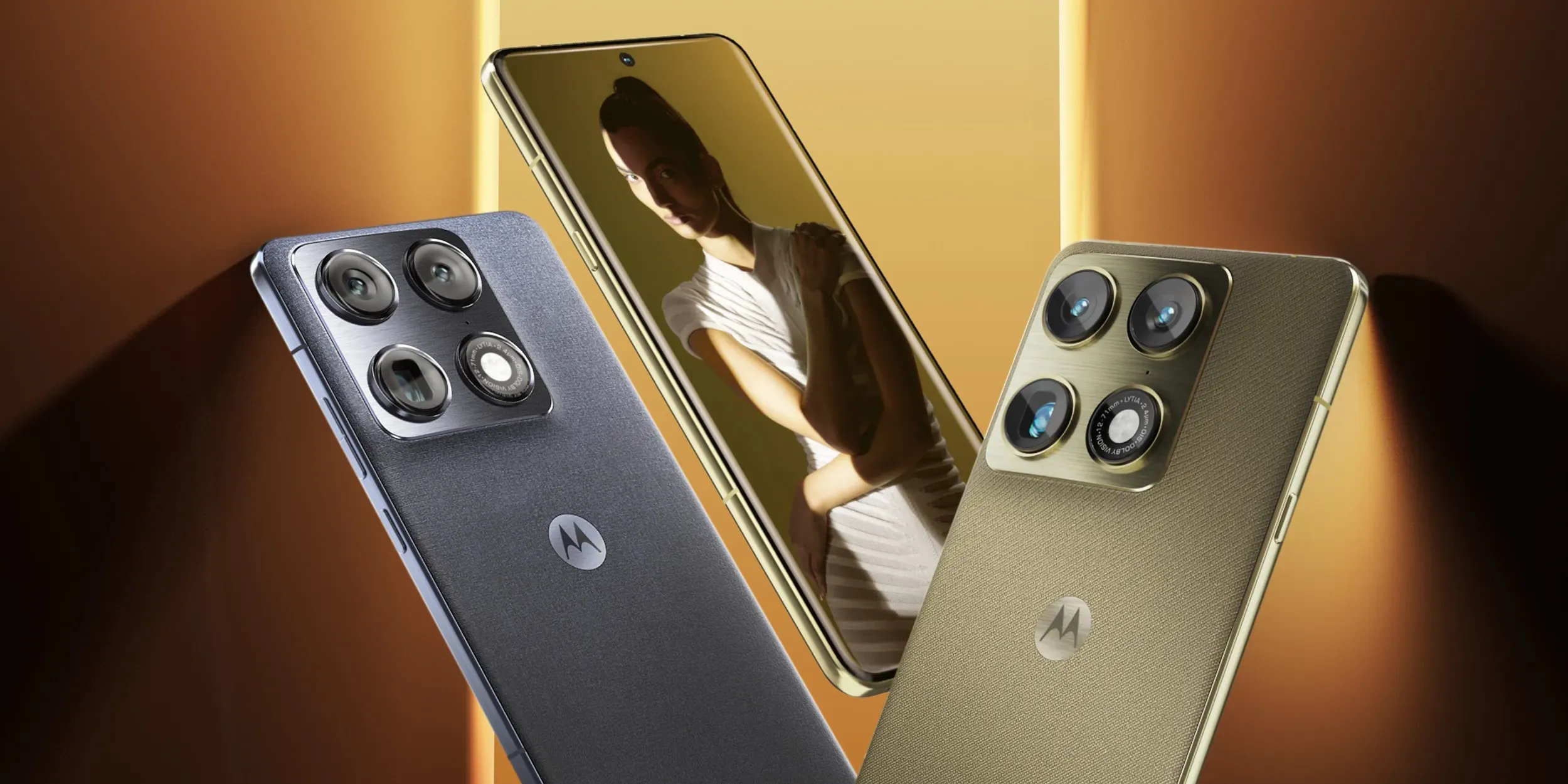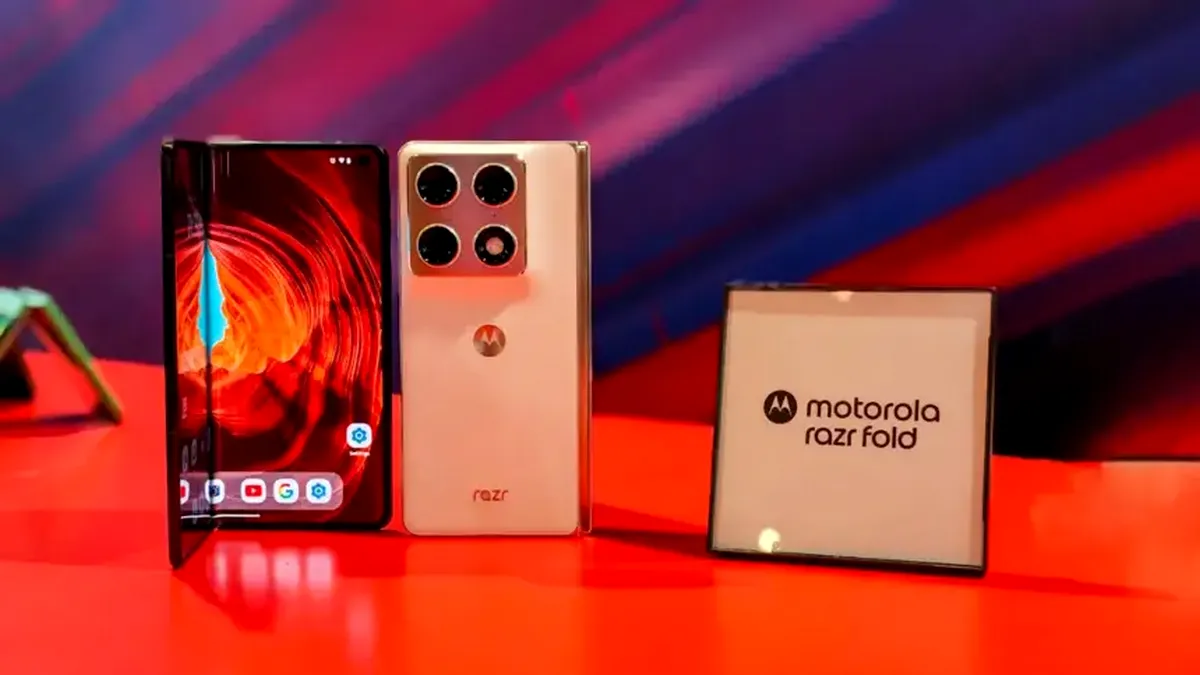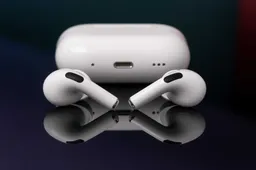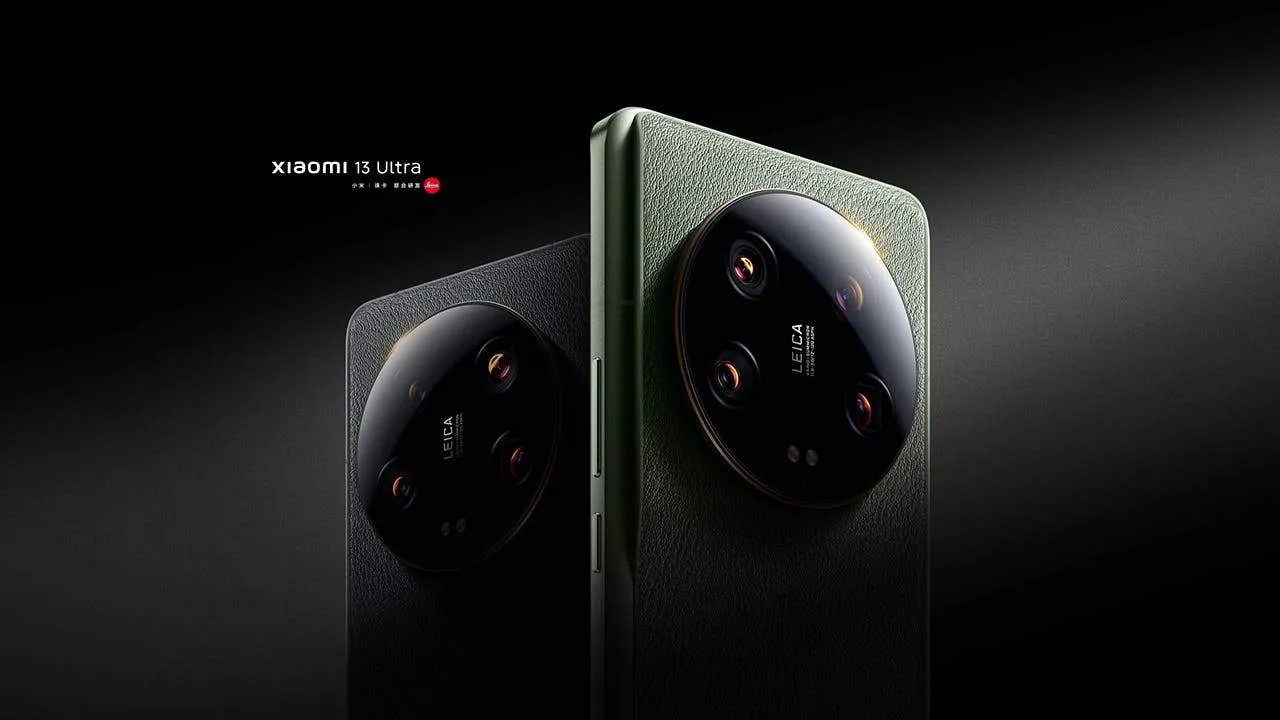
There’s no denying that the Xiaomi 13 Ultra is one of the biggest smartphone releases of the year. Not only does it bring ultra specs, but it also takes smartphone photography to the next level. But what about its performance stability? Does it live up to the ‘Ultra’ moniker, or is it just another highly unstable flagship device?
Well, MrWhoseTheBoss took the responsibility of answering the question. The YouTuber put the Xiaomi 13 Ultra against the iPhone 14 Pro and ran Geekbench 6 on both devices. And as the title of the article says, Xiaomi took the lead! But the most interesting part is that the lead was very noticeable.
Xiaomi 13 Ultra Beats iPhone 14 Pro Max With Superior Cooling
MrWhoseTheBoss did a number of tests on the Xiaomi 13 Ultra and compared the results with the iPhone 14 Pro Max. While the other tests were interesting, the main highlight of the video was the stress test. As you can guess, the A16 Bionic chipset of the iPhone 14 Pro Max was superior when it comes to performance.
After all, the Xiaomi 13 Ultra has Snapdragon 8 Gen 2, which is a relatively less powerful chipset than the A16 Bionic. But things get interesting when you stress both phones. However, before getting to the results, you need to note that the iPhone 14 Pro Max does not have a robust vapor chamber cooler.

In comparison, the Xiaomi 13 Ultra utilizes a proprietary solution that controls the temperature when you are pushing the limits of the device. To be exact, Xiaomi claimed that its flagship can run cooler than the competitors while recording 4K videos at 60 FPS. In case you didn’t know, 4K recording at 60 FPS is very taxing for phones.
Getting back to the Wild Life Extreme Stress Test, it seems iPhone 14 Pro Max starts to lose performance faster than the Xiaomi 13 Ultra. In fact, the difference is so big that you might even call the highest-end iPhone a highly unstable device.
How Big Was the Difference
At the end of the stress test, the stability performance of the Xiaomi 13 Ultra was at 80.8 percent. The lowest score for the device was 2999, which is a very respectable number. On the contrary, the iPhone 14 Pro Max had the lowest score of 2216. In comparison, iPhone 14 Pro Max was 783 points behind the Xiaomi flagship.
But what about the performance stability of the iPhone 14 Pro Max? Well, while the Xiaomi 13 Ultra had an 80.8 percent rating, the iPhone 14 Pro Max ended up with a 65.8 percent rating. Again, the difference between the two flagships is pretty huge. And it goes without saying that Xiaomi took a huge lead in this regard.
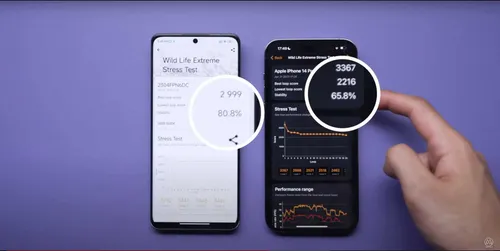
That said, the Apple A16 Bionic and Snapdragon 8 Gen 2 are mass-produced on the same 4nm architecture from TSMC. So, it is not like the manufacturing process of the SoC gave Xiaomi 13 Ultra a lead. Instead, it is about the passive cooling solution that the Chinese manufacturer incorporated into the device.
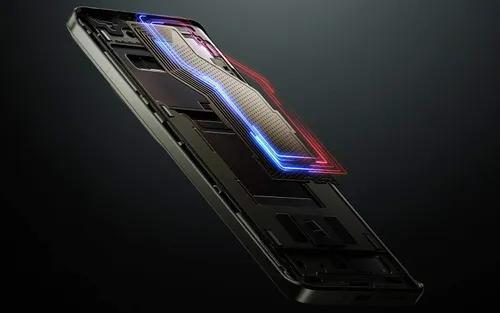
Now, just because the Xiaomi 13 Ultra beat the iPhone 14 Pro Max in the stress test, the story might be different for other flagships. Basically, it is up to the manufacturers regarding how good of a passive cooler they pack in their flagships. And for the case of Xiaomi, it seems that the manufacturer went all in.
On the other hand, there’s no denying that Apple has skimped on the cooling department. Hopefully, we will see a revamped solution in the iPhone 15 series with the A17 Bionic chipset.
Loading
